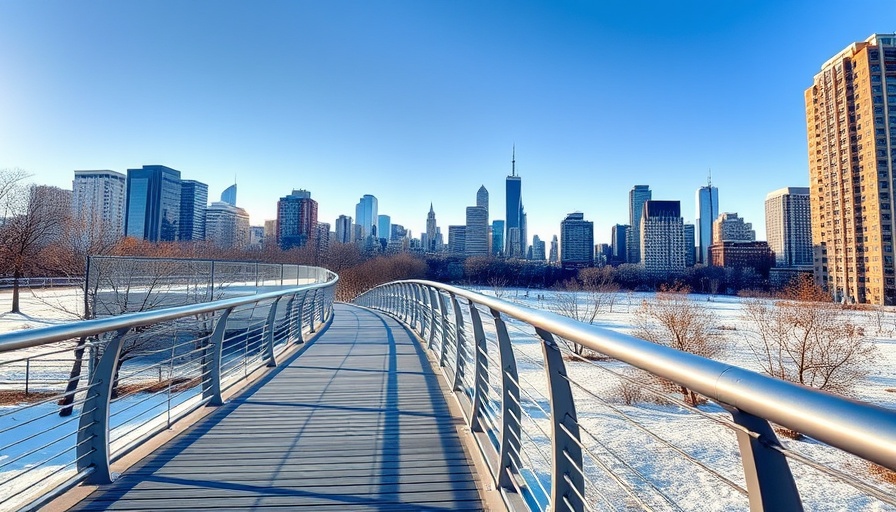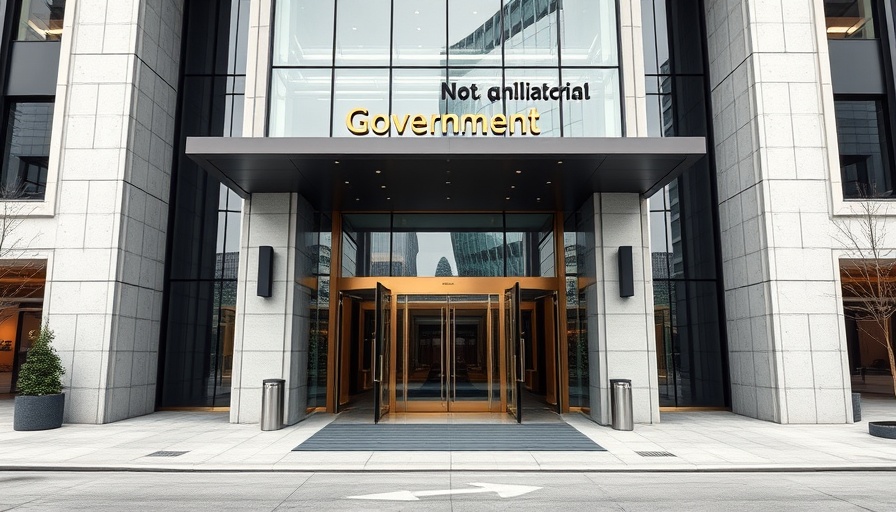
Revolutionizing Urban Mobility: The Squibb Park Bridge
In the heart of New York City, the Squibb Park Bridge emerges as a remarkable case of innovative urban design, embodying how thoughtful engineering can enhance city infrastructure while prioritizing safety and aesthetics. Connecting Brooklyn Heights to the scenic Brooklyn Bridge Park, this 450-foot bridge stands not only as a structural accomplishment but also as a symbol of possibilities where European engineering meets the rugged demands of New York’s coastal environment.
Challenges and Solutions: A Case Study
The project team faced a significant challenge in replacing a former wooden walkway that had become increasingly controversial. The safety of pedestrians and the preservation of stunning harbor views were paramount. Collaborating with Arup engineering and Turner Construction, the team devised a seamless solution, employing materials particularly suited to the harsh coastal climate. The bridge now features a state-of-the-art stainless-steel Webnet system from Jakob, which provides comprehensive fall protection while maintaining breathtaking visibility of the Manhattan skyline.
Architectural Integrity Meets Durability
It's not just about function; the aesthetic appeal of the Squibb Park Bridge plays a vital role in its success. Jakob's custom solution, using marine-grade AISI 316 stainless steel, promises both durability and minimal maintenance — a necessity for infrastructure in demand. This advanced material not only withstands the elements but supports the design vision that allows the bridge to meld seamlessly into its surroundings. Interestingly, the bridge has required zero maintenance since its reopening in Spring 2020, a feat that elevates the overall project impact.
Benefits Beyond Vision: A Safer Urban Environment
The importance of pedestrian safety cannot be overstated, especially in urban settings where foot traffic is high. The Squibb Park Bridge, with its complete safety features and unobstructed views, champions a safer urban experience for thousands of daily visitors. This project serves as an essential blueprint for future projects, demonstrating that infrastructure can be both beautiful and functional.
Future Trends in Urban Construction
Looking ahead, the Squibb Park Bridge sets a precedent for the integration of safety and design within urban construction. As cities continue to grow, the emphasis on pedestrian-friendly environments will only increase. Developers and contractors must innovate while addressing safety and environmental demands. Engaging with proven partners like Jakob ensures lasting solutions tailored specifically to project needs, reflecting a shift towards a more sustainable approach to urban infrastructure.
 Add Row
Add Row  Add
Add 




Write A Comment